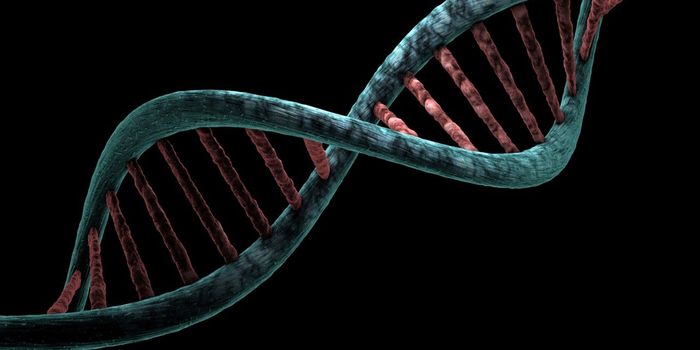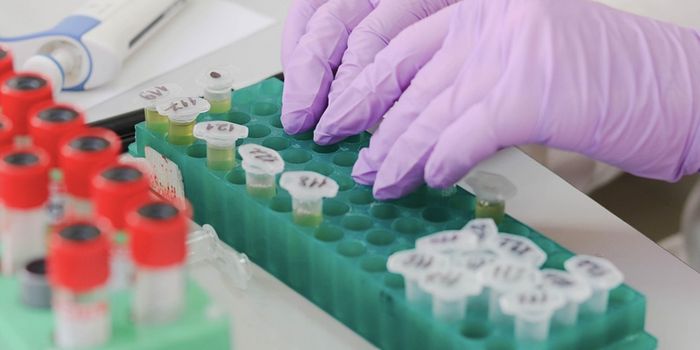By Targeting the Cause of the Disease, a Potential Long-Term Treatment for Asthma is Found
Asthma is a disease that affects the lungs, causing symptoms of wheezing, tightness in the chest, and shortness of breath. Asthma is typically treated by taking medication and avoiding the triggers that can exacerbate asthma. Asthma medications may include rescue inhalers, leukotriene modifiers, and long-acting beta agonists. With over 339 million people affected by asthma worldwide, there is a need for asthma treatments that target the cause of the disease rather than the symptoms.
Airway remodeling is a term that refers to structural changes of the airways associated with asthma. These molecular changes can include an increase in smooth muscle cells, changes to the cellular and extracellular matrix within the lungs, apoptosis of epithelial cells, and the activation of fibroblasts. These changes all result in worsened asthma symptoms. Asthma researchers hope that by reversing airway remodeling, asthma symptoms can be reversed as well.
Pericytes, which are a type of cell present in the walls of capillaries, have been shown to migrate to areas where there is significant inflammation in people with asthma. This contributes to airway remodeling and subsequent asthma symptoms. Researchers at the Aston University School of Biosciences are investigating the mechanism by which pericytes migrate in the hopes of developing treatments for asthma that could directly combat airway remodeling.
In their study, the researchers exposed mice to house dust mites, which act as a common allergen in the air. They observed that the pericytes in these mice had increased expression of a gene called CXCR4. This change was accompanied by the accumulation of pericytes in the airway wall.
Using a neutraligan called LIT-927, the researchers found that the airway remodeling caused by pericyte migration was reversed. These changes were seen within two weeks of receiving the treatment, showing promise in quickly treating the cause of asthma. The research team is now applying for additional funding to conduct research into the dosage and treatment timing of LIT-927.
Sources: Centers for Disease Control and Prevention, Pulmonary Medicine, Respiratory Research








